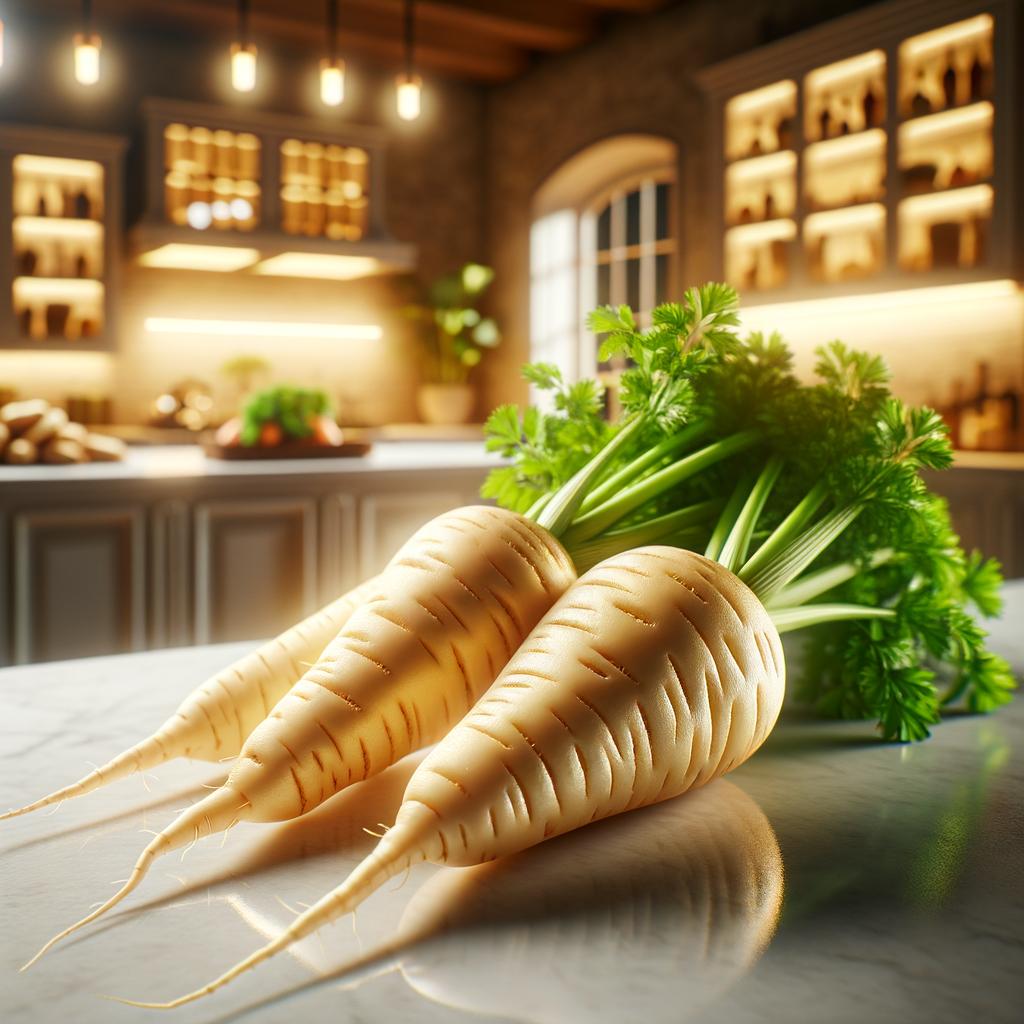Parsnips

Description The parsnip, a humble root vegetable often overlooked, is a culinary gem waiting to be rediscovered. Resembling a cream-colored carrot, its tapered shape and rough, wrinkled skin hide a surprisingly sweet and slightly nutty flavor. The texture of raw parsnips is crisp and fibrous, but when cooked, they transform into a soft, melt-in-your-mouth delight. Parsnips have a unique characteristic - their sweetness intensifies after the first frost of the season, when the plant converts stored starches into sugars. This natural alchemy sets parsnips apart from their root vegetable cousins.
Primary Uses Parsnips are a versatile ingredient in the kitchen. They can be roasted, boiled, steamed, or sautéed, and are a staple in hearty stews and soups. Their sweet, earthy flavor pairs well with spices like nutmeg and cinnamon, and they add a comforting note to autumn and winter dishes. In British cuisine, parsnips are a traditional component of the Sunday roast. Beyond the culinary world, parsnips have been used in traditional medicine to treat a variety of ailments, from digestive issues to toothaches, demonstrating their cultural significance.
History The history of the parsnip is a rich tapestry woven through time. They were a staple in the Roman diet, and it's rumored that Emperor Tiberius accepted tribute from Germany in the form of parsnips. In the Middle Ages, before the arrival of sugar, parsnips were the sweetener of choice in Europe. Their popularity waned with the introduction of the potato, but parsnips have enjoyed a resurgence in recent years as chefs and home cooks alike rediscover this heirloom vegetable. Folklore suggests parsnips were used to treat everything from wrinkles to the plague, earning them a place in the annals of mythical remedies.
Nutritional Information Parsnips are not just tasty but also packed with nutritional benefits. They are a good source of dietary fiber, vitamin C, folate, and manganese, and provide a fair amount of potassium and vitamin E. The high fiber content aids digestion and promotes a healthy gut. They are also low in calories, making them a healthy choice for those watching their weight. Compared to potatoes, parsnips have fewer calories and more fiber, while offering a similar comforting texture and versatility. The humble parsnip, therefore, is not just a culinary delight, but a nourishing, wholesome ingredient that tells a story of history, versatility, and nutritional richness.

